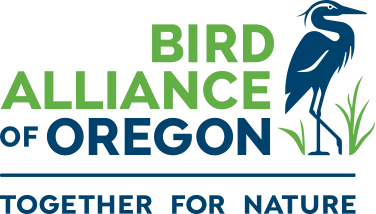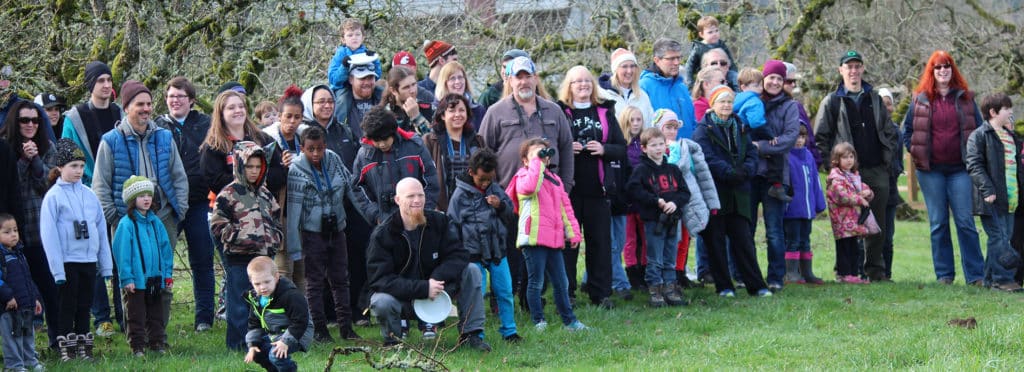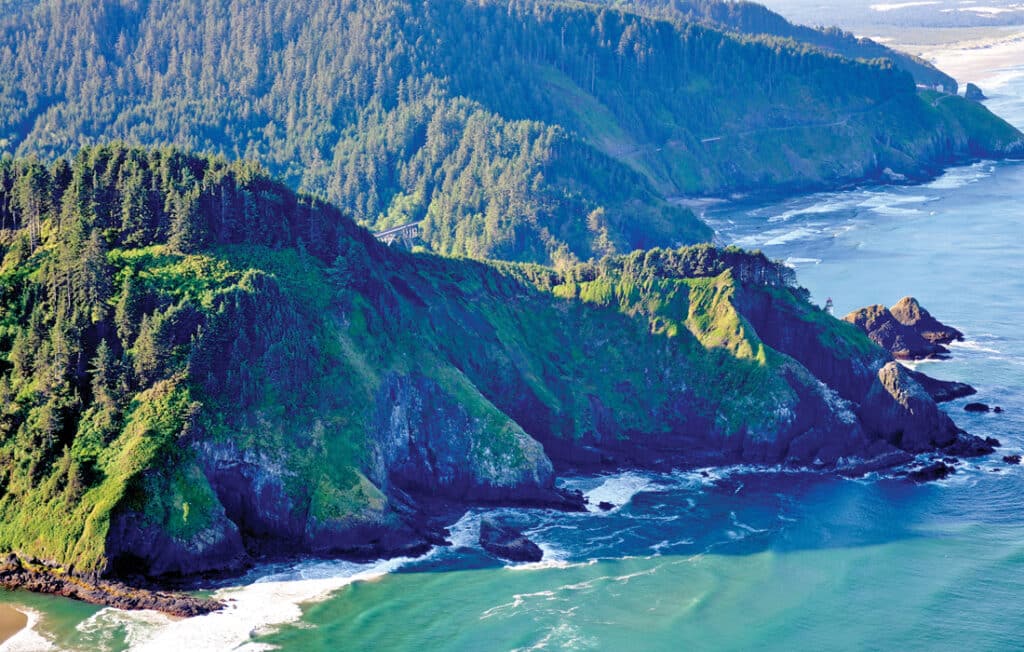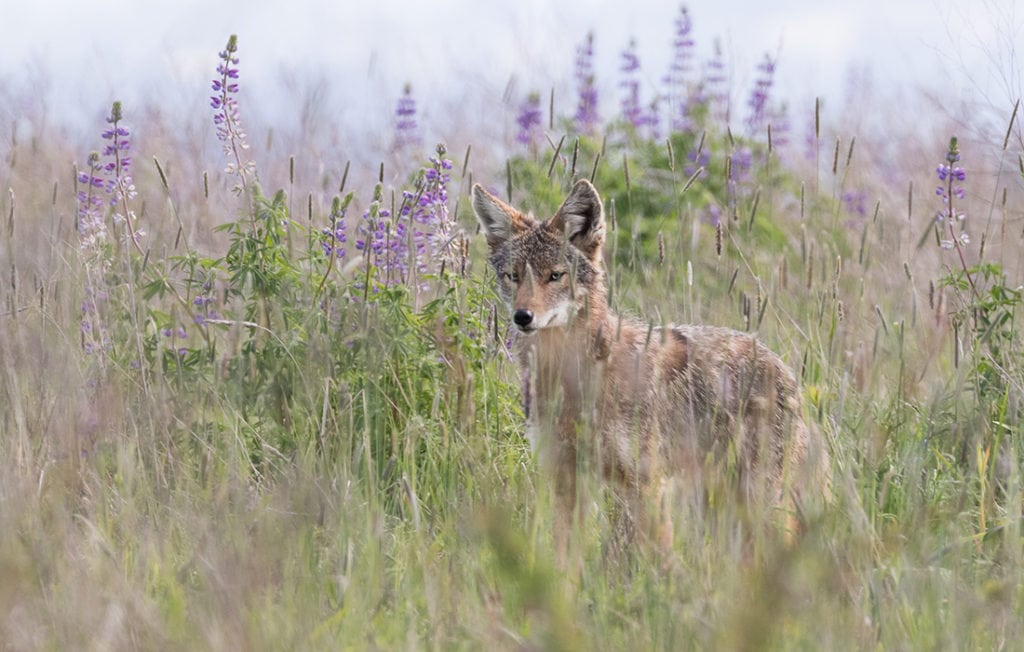
The good news is that the expected 2021 outbreak never arrived. A few isolated cases have been documented in wild birds on the refuge as well as lands surrounding the Klamath Refuges but mass die offs have not been observed. The first overnight frosts have recently arrived in the Klamath signaling the end of what is considered the botulism season. January Bill who runs the bird hospital at Klamath anticipates that Bird Ally X will dismantle the hospital for the season in the coming weeks.
The bad news is that the risk to birds on the Pacific Flyway due to drought in the Klamath remains as high as it has ever been. There is a danger that the avoidance of a botulism outbreak in 2021 will create in the words of January Bill, “an out of sight, out of mind” scenario. But make no mistake, we dodged a bullet this year.
Biologists are still trying to understand the dynamics that drove bird activity on the refuge this year—an effort that has been hindered by the fact that aerial bird surveys have been extremely limited due to challenges related to COVID-19. However, a variety of factors may have played a role in limiting the 2021 outbreak. This includes a decision to concentrate water on a small portion of Tule Lake National Wildlife Refuge and small late season water deliveries that were secured for both Tule Lake and Lower Klamath Wildlife Refuges. The most significant factor may have been that many species on the Pacific Flyway appear to have bypassed the refuges altogether and proceeded to California’s Central Valley. For example, reports indicate very few white fronted geese on the Klamath Refuges while the Central Valley is seeing huge numbers. This is far from an acceptable solution—the Central Valley is also severely limited on habitat both in the remaining wetlands and in the surrogate habitat created by winter flooded rice fields. The additional energetic output required for these birds to fly further to find suitable food and habitat could have long term survival implications.
Right now the Klamath NWRs are vacillating between two dire realities. 1. Wetlands are so limited that they present a high risk of botulism to migrating birds. 2. Wetlands go dry and birds bypass them altogether. Neither is an acceptable present or future for birds on the Pacific Flyway.
The Klamath provides critically important stopover habitat for 80% of waterfowl and 55-60% of waterbirds that migrate along the Pacific Flyway. More than 260 species of birds have been observed on the refuges. More than 80% of the historic Klamath wetlands have been lost to commercial agribusiness since the turn of the last century.
The Klamath wetlands that remain must function at the most optimal level possible to protect migratory bird populations. A combination of long-term and short-term strategies will be necessary to move the refuges away from an annual cycle of death and depletion.

Short-Term Strategies
This year the California Waterfowl Association secured a water right that will provide the Lower Klamath Wildlife Refuge with 3,750 acre feet of water in future years. This is a very small fraction of the more than 100,000 acre feet the refuges need but it is a start. Senator Jeff Merkley has included $162 million for funding to address the drought in the Klamath in the current spending bills. If passed, this funding will be divided to support endangered fish recovery, farmers, and the refuges. In the case of the refuges, it could potentially be used to fund water related infrastructure needs as well as the acquisition of additional water rights from willing sellers.
Long-Term Strategies
The Klamath NWRs possess a 1905 water right that could provide substantial water but politics within the Department of the Interior has kept the refuge from exercising this right. Additionally, more water could be secured through acquisition of private water rights through voluntary and compensated agreements with willing sellers—this effort needs to be accelerated. Finally, the Bureau of Reclamation has failed to include the refuges in a biological opinion for the Klamath Project which controls much of the water in the basin, arguing that it has a mandate only to provide water to agriculture and listed fish species. In fact, there is a strong case to be made that its legal mandates extend to the refuges as well and their position needs to be challenged.
Bird Alliance of Oregon has been working to protect the Klamath Refuges for more than a century. In fact, Bird Alliance of Oregon was founded in 1902 in Oregon for the specific purpose of establishing a refuge at Lower Klamath Lake refuge, an event which occurred in 1908. Subsequently, Bird Alliance of Oregon advanced the first laws in Oregon to protect birds at Klamath from wanton killing, funded the first game officers at the Klamath, and bought the first patrol boat at the Klamath, appropriately named the “Grebe.” Today we work to raise awareness of the critical role that these refuges play in supporting birds in the Western United States and to advocate for their protection. Over-allocation of water in the Klamath Basin exacerbated by drought that is only going to get worse in the coming years and decades places this work at the highest level of priority for bird conservation in North America.



